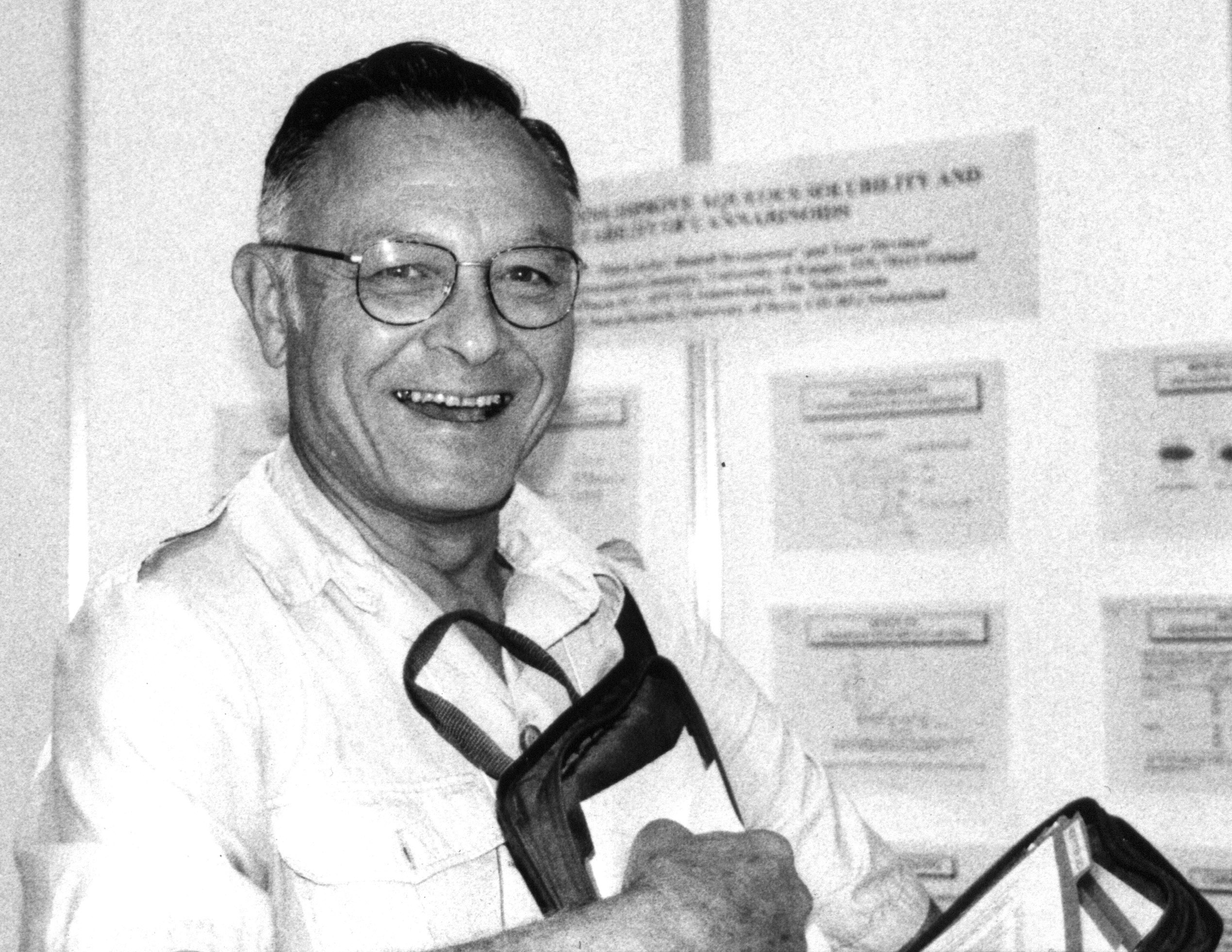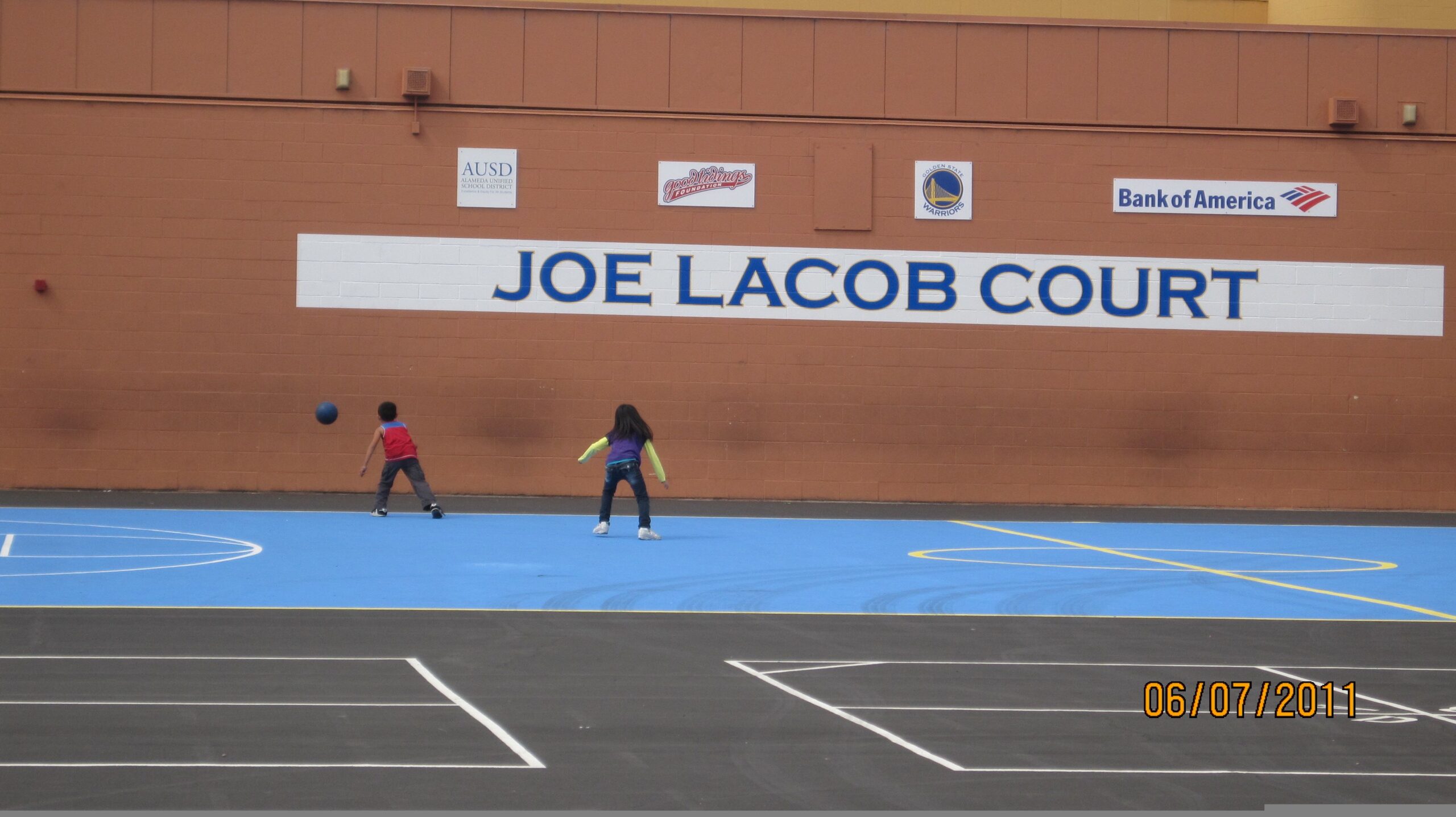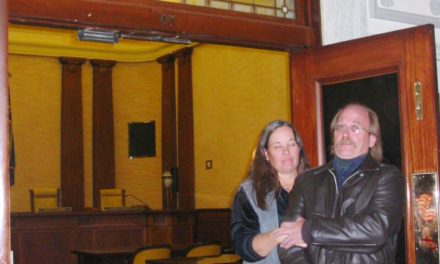By Joe D. Goldstrich, MD
It was 2012 and I had recently turned 74 years of age. Retired from a satisfying career in preventive cardiology, nutrition, integrative medicine and clinical lipidology. I was bored and depressed. Still fit and able to think clearly, what was I to do with the rest of my life? All my medical licenses except for California and Missouri were now inactive. I saw an ad for a job in Pomona, California to work in a medical marijuana clinic. I wasn’t exactly sure what this entailed, so I investigated and found that it was a job providing recommendations for the use of medical marijuana, which had been legal in California since 1996. I thought this might provide relief from my doldrums and malaise, so I signed on. I saw about 25 patients a day; mostly young men with purported low back pain who were looking for a legal way to smoke marijuana. There were a few interesting patients who told me how cannabis relieved their migraine headaches1, Crohn’s disease2, low back pain3, glaucoma4, multiple sclerosis spasms5, insomnia6 and one woman who was looking for cannabis to relieve the side effects of chemotherapy7. I lasted six days because providing the recommendation without supporting medical records, a requirement of the California medical board, was too stressful for me.
I was fortunate enough to find other interesting work as the medical director of a nutritional supplement company. I remembered those interesting medical marijuana patients and continued to follow the medical marijuana job opportunities in California. In late 2013, I saw an ad for a medical marijuana clinic in Oakland, California. This clinic was part of a group of clinics belonging to Jean Talleyrand, MD, founder and president of MediCann. Dr. Talleyrand advertised that his clinics were “a highly professional, ethical company founded and run by physicians”. I flew to California and spent three days seeing patients with Dr. Talleyrand. I was impressed with his professionalism and extensive experience with MediCann in providing medical marijuana recommendations to over 300,000 California patients. I signed on again and over the next nine months interviewed close to 3,000 patients seeking a recommendation for medical cannabis.8
During this period of time my list of medical conditions for which patients found cannabis useful grew to include ADHD9, asthma10, anxiety11, seizures12, depression13, PTSD14, erectile dysfunction15, and cancer16 (not just for the relief of chemotherapy related symptoms, but as an actual treatment for the tumor….. more on this later) to name just a few of these conditions. It gradually dawned on me that while I had been providing the legal mechanism for patients to use medical cannabis to treat their medical condition, I had little or no first-hand knowledge or experience in guiding patients on using cannabis to treat their condition. It was then that I decided to become a bona fide cannabinologist.
More to learn.
In 2014 I joined the Society of Cannabis Clinicians,17 a professional society devoted to the exploration and investigation of medical and scientific applications of cannabis medicine. Shortly after joining, Mara Gordon, a layperson who had been making cannabis oil for medical purposes spoke to the society. She had been advising patients on how to use cannabis medicinally for several years. A few months later, in September 2014, while attending a CME program on medical cannabis in Denver, Colorado, I heard Mara present again. Mara was supplying medical cannabis oil to really sick people. People with cancer. People who were deemed incurable after exhausting traditional medical therapy. She had supplied medical cannabis to hundreds of patients over several years and she had more experience in advising patients on the use of medical cannabis than anyone else that I had encountered. I asked Mara to teach me what she knew about the use of medical cannabis; to let me learn from her experience. Not an easy thing for a physician to do, but I was willing to do whatever was needed to gain this knowledge. That was the spring of 2015.
Most of the patients I have consulted on have had cancer. I have followed the tumor markers and radiologic scans. Some tumors have shrunk and even disappeared, some have stopped growing and some have continued to grow unabated. Cannabis is not an oncologic panacea, but I’ve seen enough success to remain cautiously optimistic about the role of cannabis in the treatment of cancer.
In a nutshell, here are some of the most important things I have learned about the use of cannabis in the treatment of cancer.
- Cannabis may work synergistically with chemotherapy18 and radiation19.
- Cannabis may induce autophagy and subsequent apoptosis resulting in programmed cancer cell death20.
- Tumor ID-1 gene expression facilitates cancer cell growth, survival, and metastases21.
- Cannabidiol (CBD), a non-psychoactive cannabinoid, expresses antitumor activity22 impart through inhibition and down regulation of ID-1 expression23.
How can this information be used to formulate a therapeutic protocol to treat patients?
Many people envision the medical cannabis patient as someone who sits around the house smoking a joint all day long. That’s not usually the case. Smoking might be an effective way to prevent a migraine headache or deal with a flare-up of chronic pain, but for most chronic diseases a concentrated form of cannabis is necessary and is best delivered by the transmucosal route. Accurate laboratory testing of the cannabis material is mandatory. This testing would include not only the percentage of the cannabinoids present in the material (THC, CBD, etc.), but also the absence of pesticides, the absence of toxic solvents, and the presence of the full cannabinoid and terpene profile so as to take advantage of the entourage effect24.
Once the percentage of the cannabinoids are known, a prescription can be formulated in terms of milligrams of THC and/or CBD. Typical prescriptions for cancer patients will contain from 50 to 300 mg per day of THC and, depending on the status of the ID-1 gene for their particular tumor, from 50 to 300 mg per day of CBD. Specific strains, over and above their THC and CBD content, are chosen for their secondary effects (wakefulness, appetite stimulation, sleep, etc.). Most patients are seeking to avoid the psychoactivity associated with THC and for that reason it is of paramount importance to start with extremely low doses (1-5 mg) of THC and build up slowly, taking advantage of the known tolerance that develops with continued THC usage. CBD, having little psychoactivity, can usually be advanced more quickly.
A Memorable Case
My sister’s best friend had finished her third round of chemotherapy for stage IV breast cancer. She was told to go home and put her affairs in order because there was nothing more that traditional oncology could do for her. The chemo had not worked. She had an indwelling chest tube to relieve pleural effusion due to metastases. She was cachectic, anorectic, and exhausted. She, her family and friends (including my sister) were re-signed to her eminent demise. I suggested that she consider cannabis therapy as she had no other options and nothing to lose. That was early in 2014. Initially, alcohol tinctures rich in THC and CBD were used. She began to regain her appetite, gain weight and become more energetic. Drainage from the chest tube diminished and the tube was subsequently removed. This enabled her to resume swimming, her preferred form of exercise. Dosages of THC and CBD were titrated upward and alcohol tinctures were replaced with concentrated extracts as her target dose of 50 mg THC and 150 mg of CBD were reached. In September of 2015 her CA 27.29 and CEA were elevated and in October 2015 her CT scan showed increased nodular activity in her liver. These findings are complicated by the fact that she has known cirrhosis of the liver which can be the cause of these findings. At this time her oncologist added . Her THC was increased to 100 mg daily and a daily cannabis suppository with 25 mg of THC and 25 mg of CBD was also added to her regimen. She continues to do well and we await her next scan and blood tests.
1. Baron EP. Comprehensive Review of Medicinal Marijuana, Cannabinoids, and Therapeutic Implications in Medicine and Headache: What a Long Strange Trip It’s Been …. Headache. 2015;55(6):885-916. doi:10.1111/head.12570.
2. Schicho R, Storr M. Cannabis Finds Its Way into Treatment of Crohn’s Disease. Pharmacology. 2014;93(1-2):1-3. doi:10.1159/000356512.
3. Eisenberg E, Ogintz M, Almog S. The pharmacokinetics, efficacy, safety, and ease of use of a novel portable metered-dose cannabis inhaler in patients with chronic neuropathic pain: a phase 1a study. J Pain Palliat Care Pharmacother. 2014;28(3):216-225. doi:10.3109/15360288.2014.941130.
4. Sun X, Xu CS, Chadha N, Chen A, Liu J. Marijuana for Glaucoma: A Recipe for Disaster or Treatment? Yale J Biol Med. 2015;88(3):265-269.
5. Pryce G, Baker D. Endocannabinoids in Multiple Sclerosis and Amyotrophic Lateral Sclerosis. Handb Exp Pharmacol. 2015;231:213-231. doi:10.1007/978-3-319-20825-1_7.
6. Belendiuk KA, Babson KA, Vandrey R, Bonn-Miller MO. Cannabis species and cannabinoid concentration preference among sleep-disturbed medicinal cannabis users. Addict Behav. 2015;50:178-181. doi:10.1016/j.addbeh.2015.06.032.
7. Smith LA, Azariah F, Lavender VTC, Stoner NS, Bettiol S. Cannabinoids for nausea and vomiting in adults with cancer receiving chemotherapy. Cochrane Database Syst Rev. 2015;11:CD009464. doi:10.1002/14651858.CD009464.pub2.
8. Thompson M. The Mysterious History Of “Marijuana.” NPR.org. http://www.npr.org/sections/codeswitch/2013/07/14/201981025/the-mysterious-history-of-marijuana. Accessed January 2, 2016.
9. Hadland SE, Knight JR, Harris SK. Medical marijuana: review of the science and implications for developmental-behavioral pediatric practice. J Dev Behav Pediatr JDBP. 2015;36(2):115-123. doi:10.1097/DBP.0000000000000129.
10. Tashkin DP, Shapiro BJ, Lee YE, Harper CE. Effects of smoked marijuana in experimentally induced asthma. Am Rev Respir Dis. 1975;112(3):377-386. doi:10.1164/arrd.1975.112.3.377.
11. Korem N, Zer-Aviv TM, Ganon-Elazar E, Abush H, Akirav I. Targeting the endocannabinoid system to treat anxiety-related disorders. J Basic Clin Physiol Pharmacol. 2015;0(0). doi:10.1515/jbcpp-2015-0058.
12. Devinsky O, Marsh E, Friedman D, et al. Cannabidiol in patients with treatment-resistant epilepsy: an open-label interventional trial. Lancet Neurol. December 2015. doi:10.1016/S1474-4422(15)00379-8.
13. Hillard CJ, Liu Q. Endocannabinoid Signaling in the Etiology and Treatment of Major Depressive Illness. Curr Pharm Des. 2014;20(23):3795-3811.
14. Betthauser K, Pilz J, Vollmer LE. Use and effects of cannabinoids in military veterans with posttraumatic stress disorder. Am J Health-Syst Pharm AJHP Off J Am Soc Health-Syst Pharm. 2015;72(15):1279-1284. doi:10.2146/ajhp140523.
15. Chauhan NS, Sharma V, Dixit VK, Thakur M. A Review on Plants Used for Improvement of Sexual Performance and Virility. BioMed Res Int. 2014;2014. doi:10.1155/2014/868062.
16. Giuliano M. Cannabinoid-associated cell death mechanisms in tumor models (Review). Int J Oncol. May 2012. doi:10.3892/ijo.2012.1476.
17. Society of Cannabis Clinicians. Society of Cannabis Clinicians. http://cannabisclinicians.org/. Accessed January 2, 2016.
18. Torres S, Lorente M, Rodríguez-Fornés F, et al. A combined preclinical therapy of cannabinoids and temozolomide against glioma. Mol Cancer Ther. 2011;10(1):90-103. doi:10.1158/1535-7163.MCT-10-0688.
19. Scott KA, Dalgleish AG, Liu WM. The combination of cannabidiol and Δ9-tetrahydrocannabinol enhances the anticancer effects of radiation in an orthotopic murine glioma model. Mol Cancer Ther. 2014;13(12):2955-2967. doi:10.1158/1535-7163.MCT-14-0402.
20. Salazar M, Carracedo A, Salanueva IJ, et al. Cannabinoid action induces autophagy-mediated cell death through stimulation of ER stress in human glioma cells. J Clin Invest. 2009;119(5):1359-1372.
21. Ling M-T, Wang X, Zhang X, Wong Y-C. The multiple roles of Id-1 in cancer progression. Differ Res Biol Divers. 2006;74(9-10):481-487. doi:10.1111/j.1432-0436.2006.00083.x.
22. McAllister SD, Soroceanu L, Desprez P-Y. The Antitumor Activity of Plant-Derived Non-Psychoactive Cannabinoids. J Neuroimmune Pharmacol Off J Soc NeuroImmune Pharmacol. 2015;10(2):255-267. doi:10.1007/s11481-015-9608-y.
23. McAllister SD, Murase R, Christian RT, et al. Pathways mediating the effects of cannabidiol on the reduction of breast cancer cell proliferation, invasion, and metastasis. Breast Cancer Res Treat. 2011;129(1):37-47. doi:10.1007/s10549-010-1177-4.
24. Russo EB. Taming THC: potential cannabis synergy and phytocannabinoid-terpenoid entourage effects. Br J Pharmacol. 2011;163(7):1344-1364. doi:10.1111/j.1476-5381.2011.01238.x.





